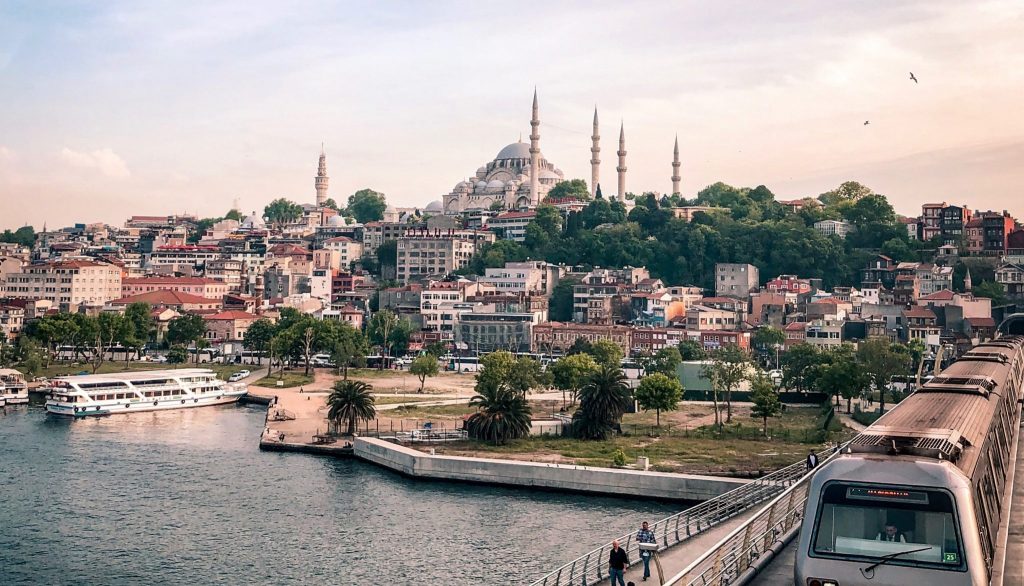Istanbul

Istanbul
Past: Cities – Historical Legacy
Istanbul has made important contributions to humanity as it embodies the history of West and East in miniature, proudly caring for and displaying the monuments and treasures of its grand empires.
The city of Istanbul stands precisely between West and East: geographically, historically and culturally.
At the time of the Byzantine empire, when the city was called Constantinople, it represented the center of Christianity in the East. After the Ottoman conquest in 1453, the city became the capital of a “multi-lingual, multi-ethnic, and multi-confessional state”. Istanbul has a “unique position as the cultural capital of the sole secular state among Muslim countries with almost a century-old democratic tradition.”
Today, Istanbul remains the country’s cultural center and offers a model of tolerance for what still remains a divided Middle East. Istanbul has therefore inspired a number of institutions whose mission is to safeguard its past and engage the past constructively into the present.
The 2004 Dan David Prize was given to the city’s authorities, who decided to fund the following project:
The Economic and Social History Foundation of Turkey (Tarih Vakfi) works in the public interest to educate and raise awareness for Turkey’s rich history. The Tarih Vakfi undertook an ambitious project to restore the Imperial Mint, a long-abandoned structure centrally located between the Ottoman Topkapi Palace and the Byzantine Aya Sofya in order to set up the “Istanbul Museum” there.
After more than ten years of activity and experience, the Tarih Vakfi has proved its ability to organize and carry through a wide variety of projects.


